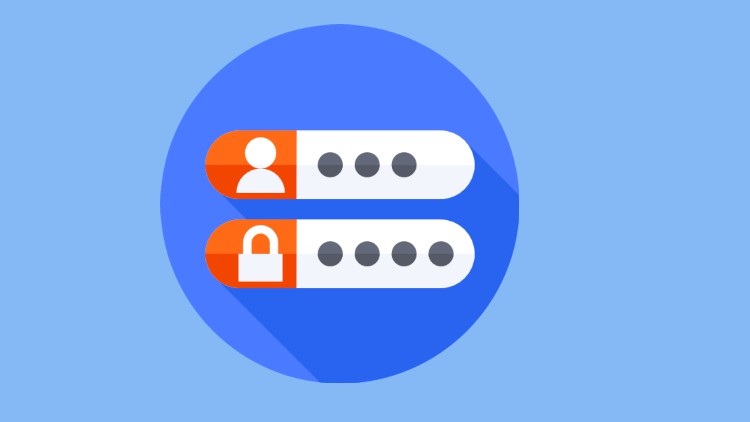
Build a login system with PHP and MySQL from scratch
What you will learn
Create a Database and Database Table
Connect to the Database
Session Create for Logged in User
Create a Registration and Login Form
Make a Dashboard Page
Create a Logout Session
Create a registration form for users
Create a login form for users
Style the forms
Test the registration and signing system
Description
PHP recursive acronym for PHP: Hypertext Preprocessor) is a widely-used open source general-purpose scripting language that is especially suited for web development and can be embedded into HTML. PHP pages contain HTML with embedded code that does “something. What distinguishes PHP from something like client-side JavaScript is that the code is executed on the server, generating HTML which is then sent to the client. The client would receive the results of running that script, but would not know what the underlying code was. You can even configure your web server to process all your HTML files with PHP, and then there’s really no way that users can tell what you have up your sleeve.
MySQL is a relational database management system (RDBMS) developed by Oracle that is based on structured query language (SQL). A database is a structured collection of data. It may be anything from a simple shopping list to a picture gallery or a place to hold the vast amounts of information in a corporate network. In particular, a relational database is a digital store collecting data and organising it according to the relational model. In this model, tables consist of rows and columns, and relationships between data elements all follow a strict logical structure. An RDBMS is simply the set of software tools used to actually implement, manage, and query such a database. MySQL is integral to many of the most popular software stacks for building and maintaining everything from customer-facing web applications to powerful, data-driven B2B services. Its open-source nature, stability, and rich feature set, paired with ongoing development and support from Oracle, have meant that internet-critical organisations such as Facebook, Flickr, Twitter, Wikipedia, and YouTube, etc
In this course we will create a Registration and Login System with PHP and MySQL . Nowadays almost every website provides Registration and login functionality. Thus, it is necessary to add a login system in modern web applications. I will walk through the complete process of creating a user registration system. Users can create an account by providing username, password, email. After the account was created, the user can log in to their own account. Once the user login, it will redirect to the Dashboard page. Moreover, the user can logout from his panel. This whole system we are developed using PHP and MySQL. Furthermore, we will show you how to build secure pages that are only accessed by logged in users. Without login, the user can not access the page.
Content